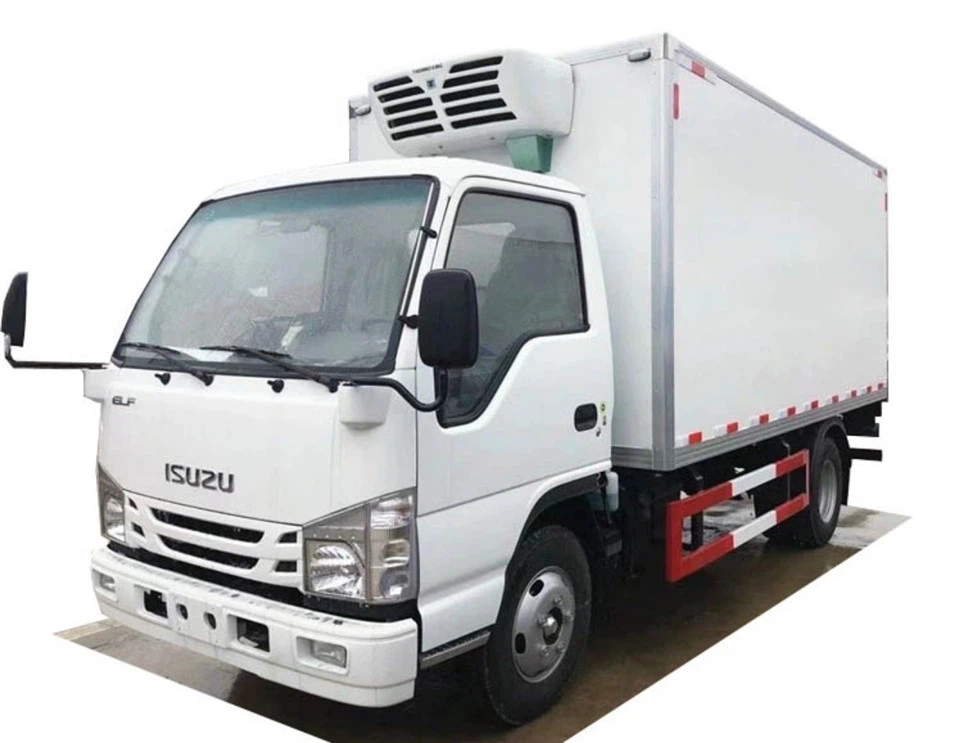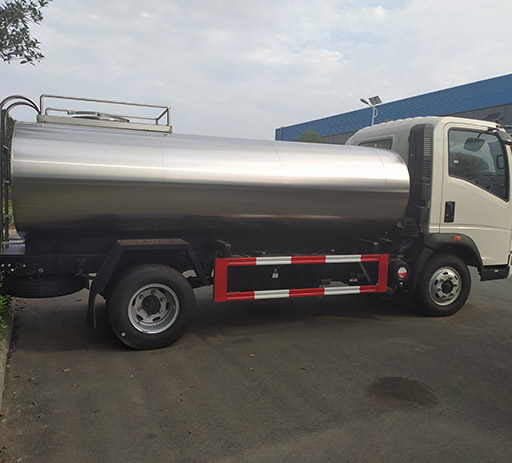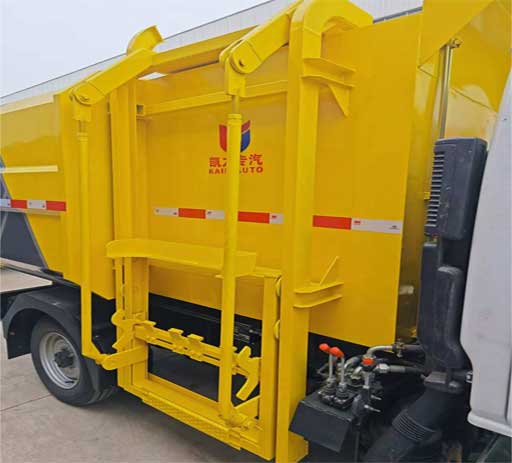Understanding MV607 International: A Comprehensive Guide

The MV607 International is a vital document in international trade and transportation. This article delves into the nuances of MV607, its significance, applications, and how it facilitates various international transactions. With a focus on practical insights, this guide aims to provide readers with a thorough understanding of MV607 International while optimizing for search engines.
Table of Contents
- What is MV607 International?
- Importance of MV607 in International Trade
- Key Components of the MV607 Form
- How to Complete the MV607 Form
- Common Mistakes to Avoid
- Real-World Applications of MV607
- MV607 and Customs Clearance
- Tips for Successful MV607 Submissions
- Frequently Asked Questions
What is MV607 International?
The MV607 International is a document required for the transport of goods across international borders. This form primarily serves as a declaration of the nature of goods being shipped, their value, and other pertinent details that customs authorities may require. It ensures transparency and compliance with international trade regulations, smoothing the process of exporting and importing goods.
Historical Context
The MV607 form emerged as an essential document in the backdrop of increasing globalization and the need for standardized procedures in international logistics. Understanding its origins helps appreciate its role in modern trade agreements.
Who Uses MV607?
Various stakeholders in international trade, including manufacturers, exporters, importers, and freight forwarders, utilize MV607. It is crucial for anyone looking to move goods across borders, ensuring that all legal requirements are met.
Importance of MV607 in International Trade
The MV607 form plays a vital role in international trade for several reasons:
- Customs Compliance: Ensures that all shipments abide by governmental customs regulations.
- Transparency: Provides clear information about the shipment contents, reducing the risk of disputes.
- Efficient Processing: Facilitates quicker processing at customs, allowing for faster delivery times.
Key Components of the MV607 Form
To fill out the MV607 International correctly, it is essential to understand its key components:

| Component | Description |
|---|---|
| Shipper Information | Details of the person or company sending the goods. |
| Consignee Information | Details of the person or company receiving the goods. |
| Description of Goods | A detailed description of the items being shipped. |
| Value Declaration | The monetary value of the goods being imported or exported. |
| Shipping Details | Information on the mode of transport and route. |
| Signatures | Signatures of the shipper and possibly additional parties for validation. |
How to Complete the MV607 Form
Completing the MV607 form accurately is crucial for successful international shipping. Here’s a step-by-step guide:
Step 1: Gather Required Information
Before filling in the MV607 form, collect all necessary information about the shipment, including details of the shipper and consignee as well as a comprehensive list of the goods being shipped.
Step 2: Fill Out the Form
Input the collected information into the MV607 form, ensuring accuracy and clarity. Be specific in the description of goods and provide precise values to prevent customs delays.
Step 3: Review and Sign
Review the completed form for any discrepancies. Once verified, the shipper and, if required, the consignee should sign the document.

Step 4: Submit the Form
Submit the MV607 form to the relevant customs authority or include it with other shipping documents provided to the carrier.
Common Mistakes to Avoid
Incomplete Information
Leaving out critical details can lead to delays. Ensure all fields are properly filled.
Incorrect Value Declaration
Underestimating or overestimating the value of goods can result in penalties. Make sure to provide an accurate valuation of the items.
Failure to Sign
Neglecting to sign the MV607 form invalidates the document. Always ensure applicable signatures are present.
Real-World Applications of MV607
The MV607 form has widespread applications across various sectors:
Example 1: Electronics Industry
In the electronics sector, companies exporting televisions may utilize the MV607 to declare the value and type of each unit, ensuring compliance with international regulations.
Example 2: Food and Beverage Sector
A food manufacturer exporting products to another country must fill out the MV607 to declare the shipment’s contents, thus meeting health and safety regulations.
MV607 and Customs Clearance
Customs clearance is a critical aspect of international shipping. The MV607 form plays a pivotal role in this process by:
Expediting Processes
Providing all necessary documentation helps speed up customs checks, ensuring that shipments arrive promptly.
Facilitating Communication
Serves as a point of reference between customs officers and shippers, simplifying inquiries and clarifications.
Tips for Successful MV607 Submissions
- Double-Check Entries: Always review your form for accuracy before submission.
- Use a Checklist: Create a checklist of required information to ensure nothing is missed.
- Consult with Experts: When in doubt, consult with freight forwarders or customs brokers to ensure compliance.
Frequently Asked Questions
What happens if there’s a mistake on the MV607 form?
If a mistake is identified, it can delay the processing of the shipment. Ensure that corrections are communicated to customs as soon as possible.
Is MV607 required for all international shipments?
While most international shipments require a form similar to MV607, specific exemptions may apply based on the type of goods, the countries involved, or trade agreements.
Can I submit the MV607 form electronically?
In many jurisdictions, electronic submissions of MV607 are accepted, making it easier and more efficient for businesses.
Where can I obtain the MV607 form?
The MV607 form can typically be obtained from customs websites or directly from customs authorities in your country. Some logistics companies may also provide it during the shipping process.

How long does it take for customs to process the MV607?
Processing time can vary based on the volume of shipments and the accuracy of the documentation, but typically it ranges from a few hours to several days.
Are there fees associated with submitting the MV607 form?
Submitting the MV607 form itself usually does not incur additional fees; however, customs duties and taxes may apply based on the value of the goods declared.
